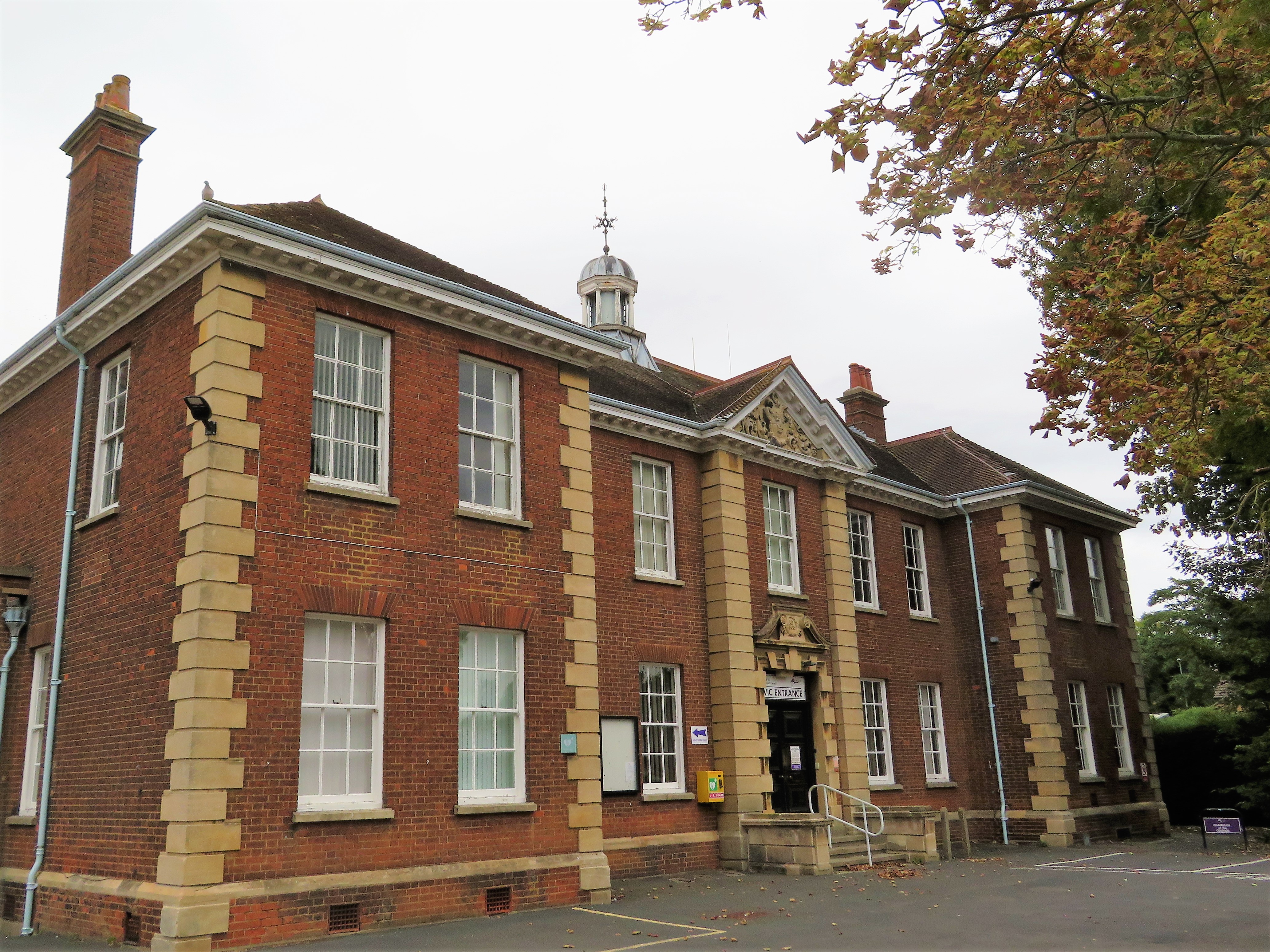|
Doddington, Cambridgeshire
__NOTOC__ Doddington is a village and civil parish lying just off the A141 in the Isle of Ely, Cambridgeshire, approximately half way () between Chatteris (to the south) and March (to the north) History St Mary's Church, Doddington is a Grade II* listed building. Historically, Doddington was one of the largest parishes in England. Under the Doddington Rectory Division Act of 1856 it was divided into seven rectories, Benwick, Doddington, Wimblington, March Old Town, March St Peter, March St John and March St Mary. Doddington Hall, a private house, replaced the old Rectory in 1872. A clocktower was built in 1897 to commemorate the Diamond Jubilee of Queen Victoria, and is in the centre of the village. Local government The lowest level is Doddington Parish Council which has nine councillors, the village is in the two-seat 'Doddington and Wimblington' ward of Fenland District Council. Community Doddington has almost 1,000 dwellings. The population of the civil parish ... [...More Info...] [...Related Items...] OR: [Wikipedia] [Google] [Baidu] |
Fenland District
Fenland is a local government district in Cambridgeshire, England. It was historically part of the Isle of Ely and borders the city of Peterborough to the northwest, Huntingdonshire to the west, and East Cambridgeshire to the southeast. It also borders the Lincolnshire district of South Holland to the north and the Norfolk district of King's Lynn and West Norfolk to the northeast. The administrative centre is in March. The district covers around of mostly agricultural land in the extremely flat Fens. The population of the district was 98,262 at the 2011 Census. It was formed on 1 April 1974, with the merger of the Borough of Wisbech, Chatteris Urban District, March Urban District, Whittlesey Urban District, North Witchford Rural District and Wisbech Rural District. In 2022 the council was reported to be the second most complained about in the county. Settlements in Fenland District Its council covers the market towns of Chatteris, March, Whittlesey and Wisbech (which is ... [...More Info...] [...Related Items...] OR: [Wikipedia] [Google] [Baidu] |

